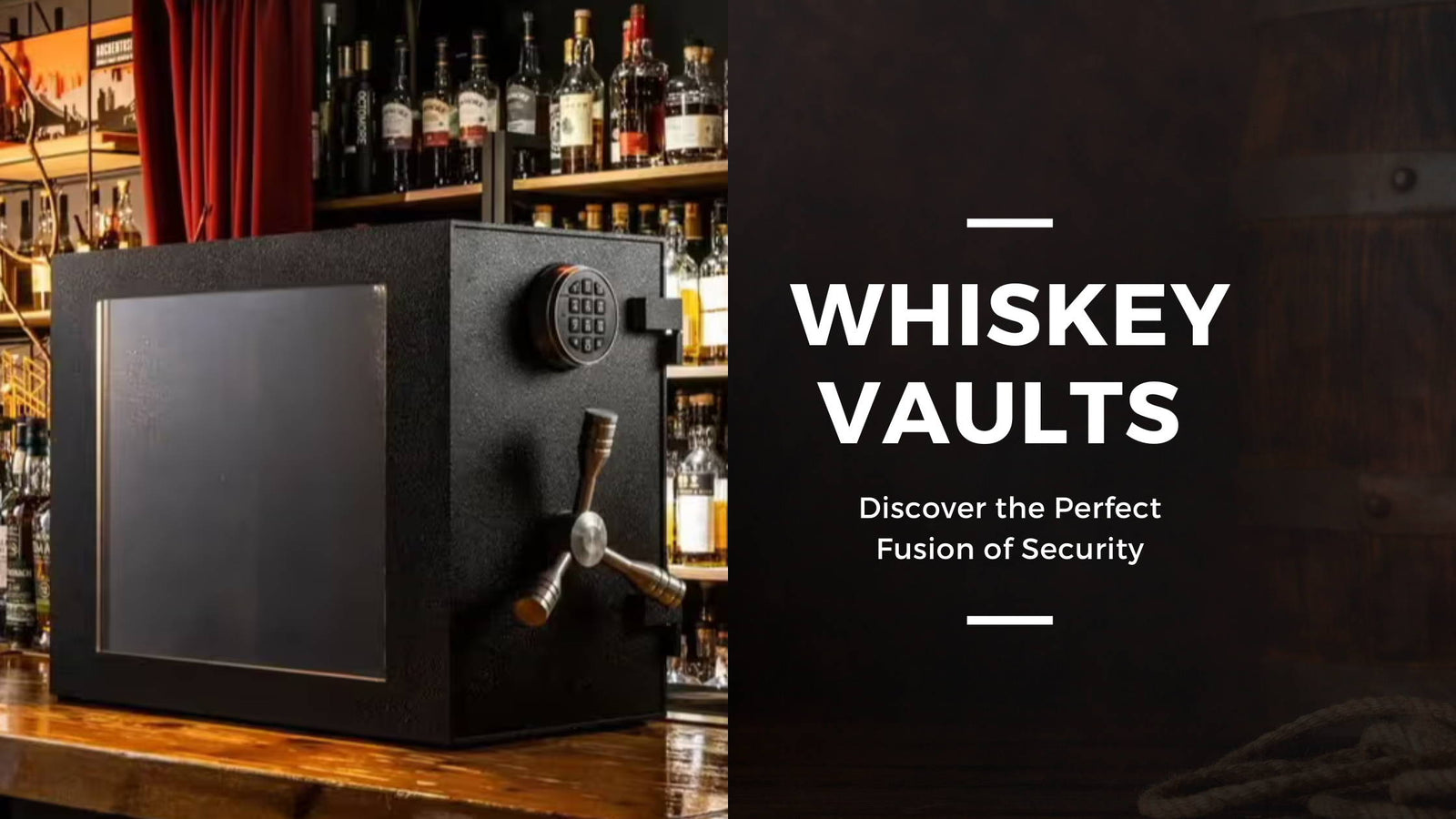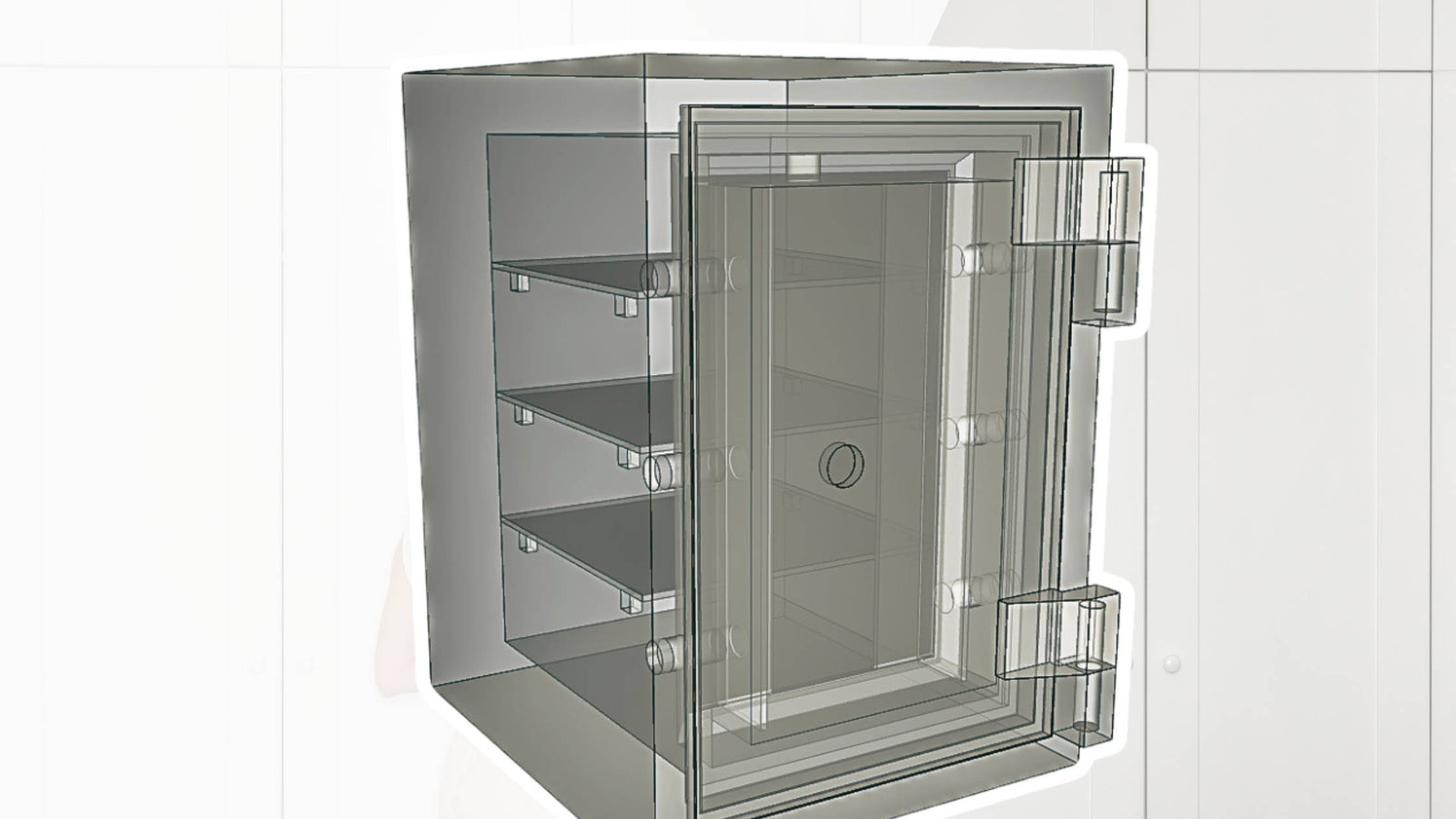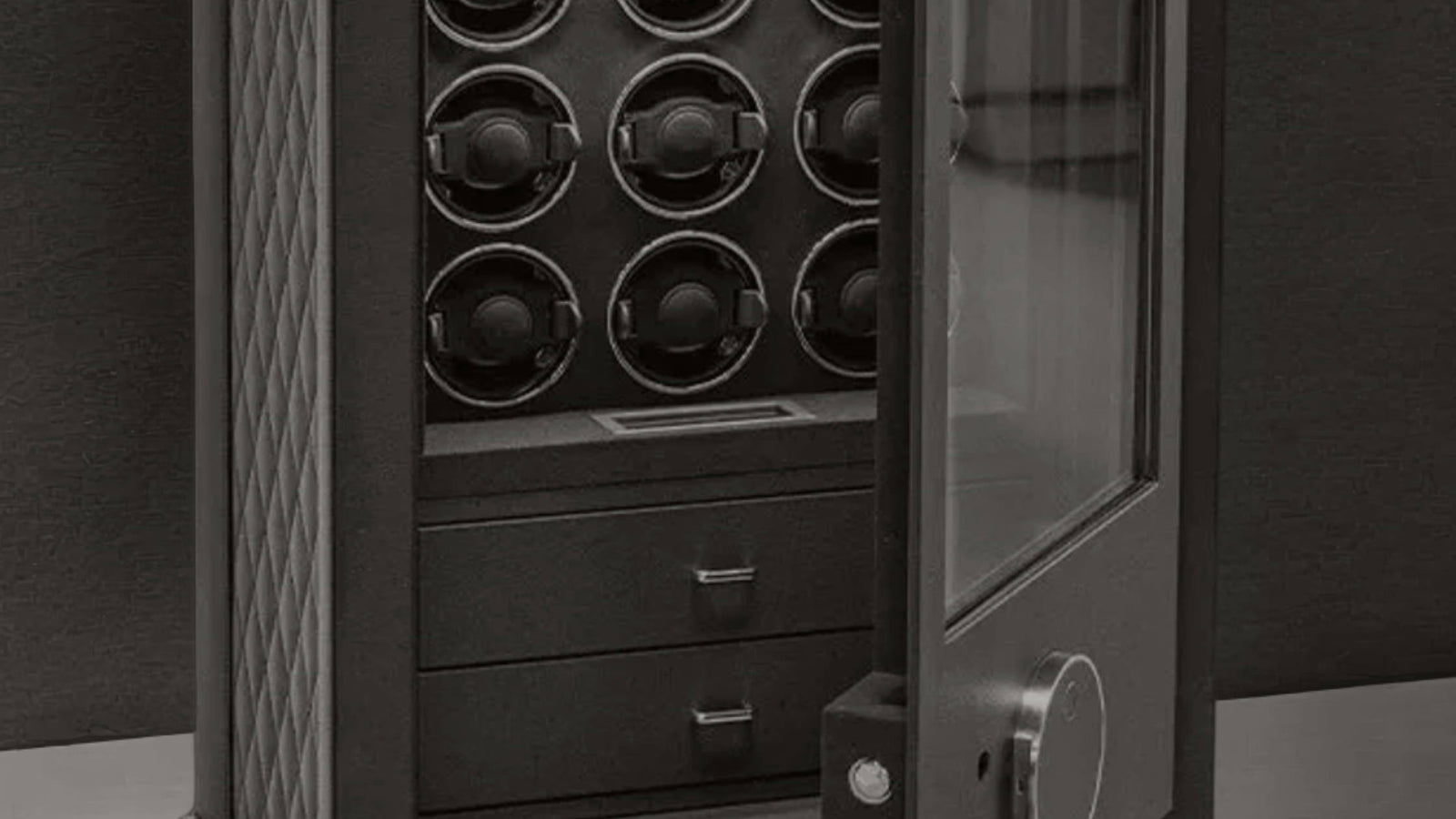When it comes to safe security and the well being of your valuables in the event of a fire there are a lot of different factors to consider. One interesting characteristic of fire worth noting is its classification. Depending mostly on the combustible material (anything from metals to gas or cooking oils) there are a number of different classifications for fire with different average burn temperatures. This is one factor to consider when looking at fire-resistant safe specifications and may also have an impact on where you store your safe. Here we’ll look at some of the basic characteristics for different fire classifications and how it may impact your choice of fire-resistant safe.

Class A Fires
Class A fires are the most common type of fire and are generated by solid organic materials. Wood, textiles, and plastics are the most common culprits. Most domestic house fires are class A and in general fire resistant safes are designed specifically for class A fire scenarios. A common house fire will usually reach an average temperature of about 1,100 F while most fire safes are tested at temperatures around 1,700 F. However, house fires don’t tend to be exactly uniform and it’s very possible for certain areas to burn hotter if they encounter another fuel source. Be careful about where you are storing your fire safe for the best results and avoid storing them near more dangerous combustible fuels.
Class B Fires
Class B fires typically occur from flammable liquids like oil, gas, solvents, or grease. These fires are less common in domestic settings but are still worth noting because they can burn a lot hotter than a typical house fire with enough fuel and a conducive environment. Problem areas that could create class B fire hot spots include your garage, kitchen, or any propane tanks or natural gas lines. In general, avoid storing fire safes near flammable materials to minimize the risk.
Class D Fires
Finally, class D fires are generated from chemical reactions between different types of metal. Thermite is one example and is often used to break into safes or open doors because it can be used as a localized burn at temperatures higher than 4,000 F. While class D fires shouldn’t be any concern for residential purposes of a fire safe it might be worth noting for some commercial settings. Pretty much no safe will be secure from a class D fire so it’s best to avoid storing your fire safe in locations with chemicals and metals conducive to class D fires.




